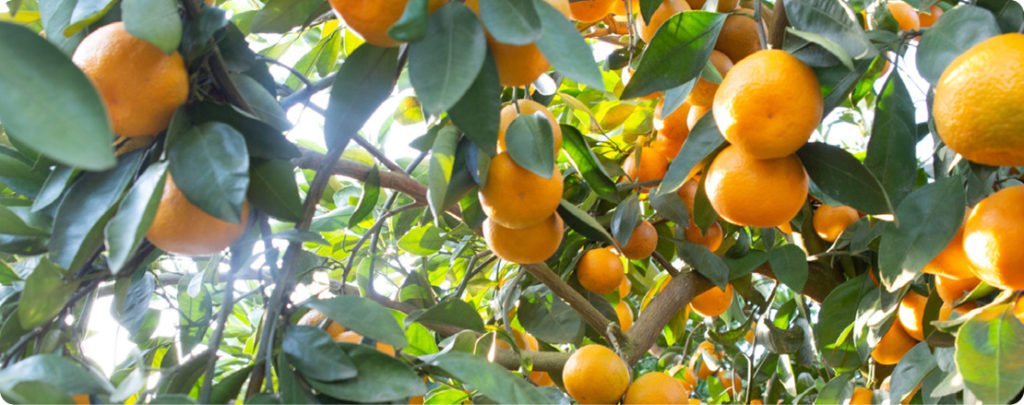The short timeframe for satsuma mandarins to be harvested and sold in the fall created a bottleneck of supply around the Thanksgiving holiday in 2022.

An excess supply led to a challenge for growers attempting to sell their fruit when demand diminished, according to Kim Jones, who grows and packs citrus in Florida and Georgia.
“The week of Thanksgiving when schools shut down, everything piled up. All the fruit came in at once,” Jones said. “We had to lower the price to get it all sold, but we did get it all sold. We had a tremendous amount pile up there. The coolers were slammed full.”
Jones said the fruit started moving again around Dec. 10, and the price picked back up.
That problem is likely to intensify in future seasons as trees mature and more fruit is available for harvest. Jones and others are already preparing for that scenario this Thanksgiving.
“If you had to put satsumas on a target, Thanksgiving would be the bullseye. That’s when the vast majority of the satsumas come in. The week or two before Thanksgiving, the bottleneck comes, and the market shrinks a little bit because schools are out,” explains Jones. “Everything just happens at the wrong time. We’re trying to prepare for that now with more customers to take small orders.”
Jones was one of numerous growers and industry specialists who attended the University of Florida Institute of Food and Agricultural Sciences Citrus Health Forum on Feb. 23 in Quincy. The forum focused on production throughout northern Florida and the southern regions of Alabama and Georgia, also known as the Sweet Valley Citrus region.
The majority of citrus produced in the region is satsuma mandarins, representing approximately 80% of the area’s citrus fruit. Satsumas are cold hardier than other varieties and can withstand freezing temperatures.
ABOUT THE AUTHOR










